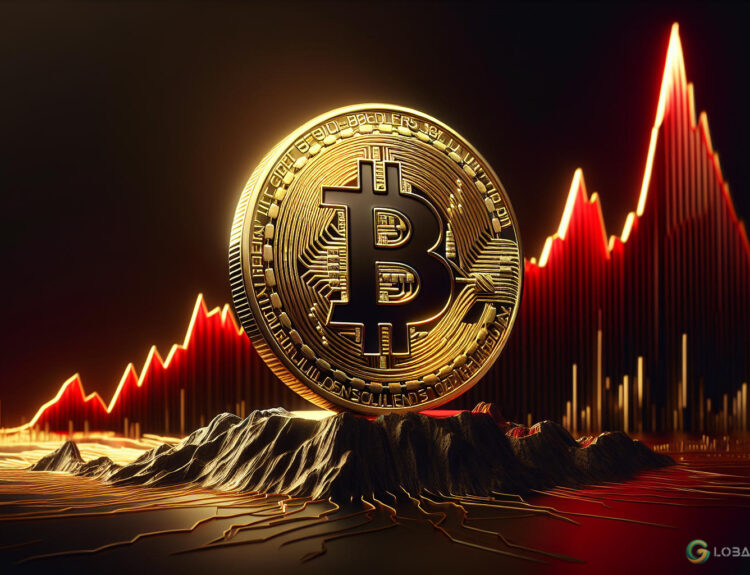“`html
Personal finance expert and author Robert Kiyosaki has issued a stark warning about why many individuals struggle to achieve financial success. According to the renowned author of “Rich Dad Poor Dad,” the issue lies in failing to adhere to what he calls the “two most important laws of money.” Kiyosaki urges people to rethink their approach to saving and investing, particularly in the face of changing economic conditions.
The Obsolescence of Traditional Savings
Kiyosaki argues that saving money in fiat currencies such as the U.S. dollar is no longer a viable strategy for preserving wealth. He suggests that inflation and systemic monetary issues are eroding the value of traditional savings. Instead, he advises individuals to store their wealth in tangible assets like gold, silver, and Bitcoin.
“Savers are losers,” Kiyosaki famously stated, emphasizing that holding onto depreciating currencies is a losing game. He predicts that by 2025, those who fail to adapt their financial strategies will face significant economic challenges.
Understanding Gresham’s Law
One of the key principles Kiyosaki highlights is Gresham’s Law, which states, “When bad money enters a system, good money goes into hiding.” This economic concept explains why people often hoard valuable assets like gold or Bitcoin when fiat currencies lose purchasing power.
Kiyosaki believes this principle is particularly relevant in today’s financial landscape. He advises against saving in traditional currencies and instead encourages investing in assets that retain or increase in value over time.
The Power of Networks: Metcalfe’s Law
Another critical concept Kiyosaki references is Metcalfe’s Law, which underscores the importance of networks in determining value. He compares successful businesses like McDonald’s and FedEx to smaller, independent operations, noting that network-driven systems consistently outperform isolated competitors.
“I invest in Bitcoin because it is a network. Most cryptos are not,” Kiyosaki explained.
He believes Bitcoin’s value lies in its robust network and widespread adoption, which sets it apart from other cryptocurrencies. Similarly, he highlights how companies with strong distribution networks outperform those without, further reinforcing the importance of systems that scale effectively.
Why Kiyosaki Avoids Fiat Currencies
In line with these principles, Kiyosaki has opted to avoid holding U.S. dollars. Instead, he focuses on acquiring assets like gold, silver, and Bitcoin, which he believes are better suited for long-term wealth preservation. He also draws inspiration from prominent investors like Michael Saylor, who advocate for purchasing assets that the wealthy prioritize.
Key Takeaways from Kiyosaki’s Strategy:
- Invest in assets with intrinsic value, such as gold, silver, and Bitcoin.
- Avoid saving in depreciating fiat currencies.
- Focus on network-driven investments that benefit from scalability and adoption.
- Stay informed about macroeconomic trends and systemic market forces.
Concerns About the U.S. Bond Market
Kiyosaki has also voiced concerns about the U.S. bond market, warning of potential instability. He claims that recent Federal Reserve bond auctions have faced insufficient demand, forcing the central bank to purchase its own securities. According to Kiyosaki, this practice highlights deeper systemic issues within the financial system.
“The Fed held an auction for U.S. Bonds and no one showed up. So the Fed quietly bought $50 billion of its own fake money with fake money,” he stated.
As a result, Kiyosaki predicts significant price increases for tangible assets. He projects that gold could rise to $25,000 per ounce, silver to $70 per ounce, and Bitcoin could potentially reach valuations between $500,000 and $1 million.
Final Thoughts
Robert Kiyosaki’s message serves as a wake-up call for individuals to rethink their financial strategies in an evolving economic environment. By focusing on network-driven investments and tangible assets, he believes individuals can better protect and grow their wealth. Whether you are new to investing or looking to refine your approach, these insights are a valuable guide to navigating today’s financial landscape.
“`
























